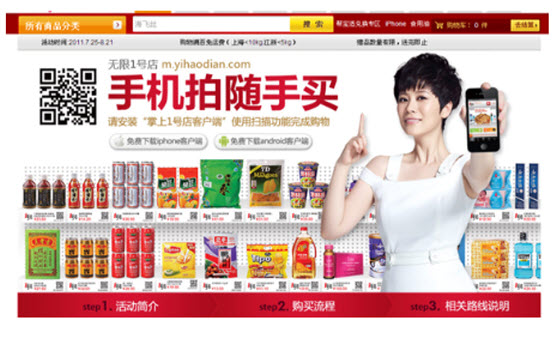Tesco teams with Engine Creative for Halloween campaign
UK retail giant Tesco has joined with Engine Creative, a leading digital advertising agency, to launch an augmented reality campaign for Halloween. Engine Creative has created several augmented reality features that will be used in Tesco advertisements in various news publications and in other marketing materials. The augmented reality experiences are designed to appeal to those with smart phones and similar mobile devices, hoping to draw the attention of tech-savvy consumers that are interested in interactive marketing experiences.
Augmented reality may be able to reach out to tech-savvy consumers
Augmented reality is becoming a powerful component in effective mobile marketing strategies. The technology has proven that it is able to engage consumers that rely on the mobile devices on a daily basis. Many of these consumers have shown themselves to be interested in interactive marketing initiatives, especially those that provide them with digital content or the possibility to find deals on products they love. Tesco believes that augmented reality will help expand the reach of its overall Halloween marketing efforts.
Digital content can be unlocked using smart phones or tablets
One of the digital experiences created by Engine Creative is called “Trick or Treat.” This augmented reality experience allows consumers to turn themselves into a zombie or other kind of spooky creature when they scan advertisements for costumes from Tesco. Engine Creative has also developed various animations and 3D advertisements that can be unlocked using a smart phone or other mobile device. The advertising agency has a great deal of experience with augmented reality technology and may work on future campaigns with Tesco if the Halloween campaign proves successful.
Augmented reality may hold the key to winning over mobile consumers
Tesco is the latest in a growing number of retail companies that are turning to augmented reality to engage consumers. More consumers are becoming mobile, thus leading Tesco and others to find ways to interact with these consumers in a way they will respond to. Augmented reality is highly interactive, rewarding consumers that take the time to initiate digital contact. As such, the technology may be the key to winning the favor of a new generation of consumers.


